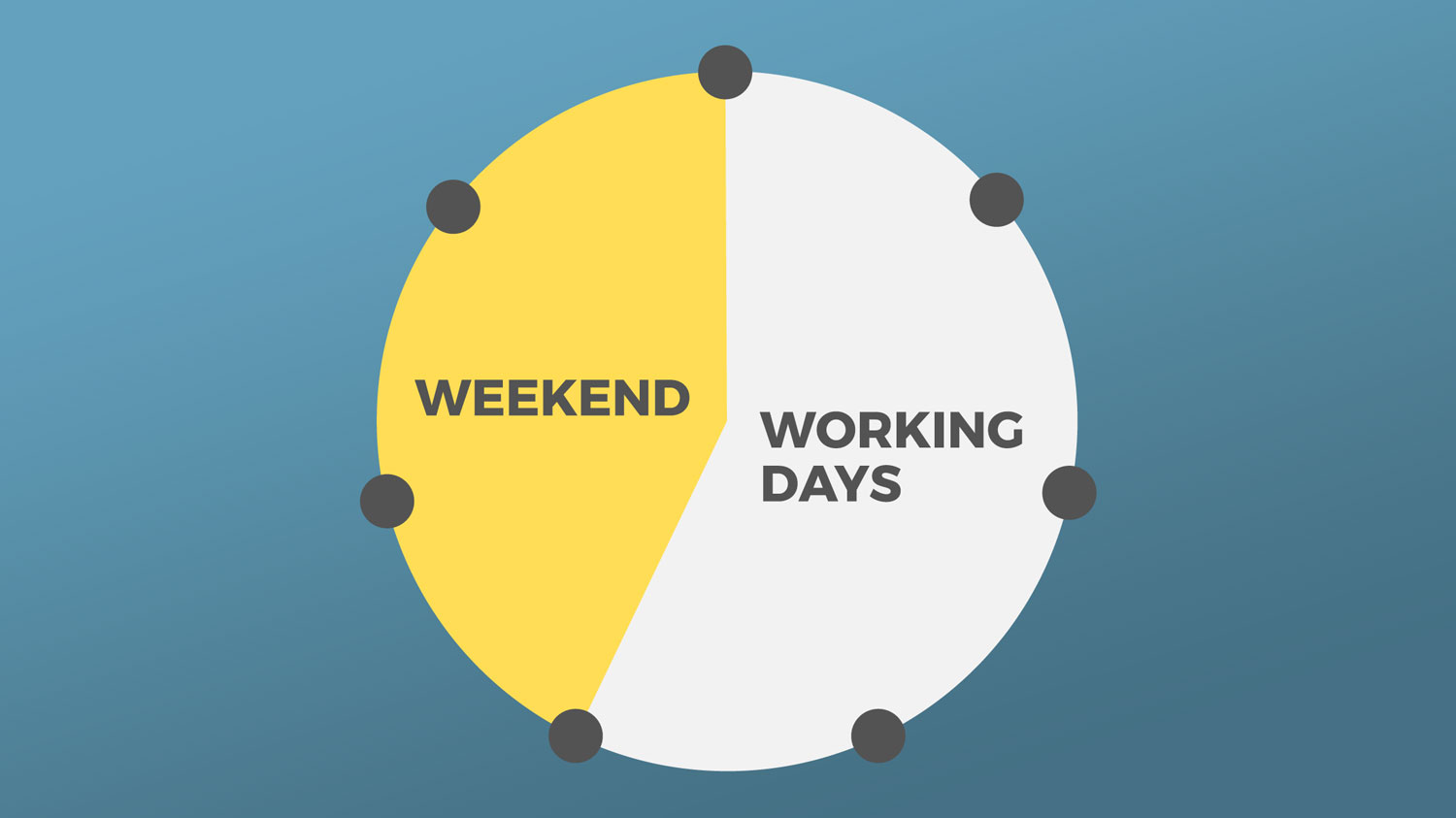
UK workers going into office 1.5 days a week
The typical UK worker is going into the office fewer than 1.5 days a week, with Friday the most popular day to work from home, according to a global survey undertaken by Advanced Workplace Associates (AWA).
The study included data from nearly 80 offices in 13 countries representing nearly 80,000 employees. A total of 43 offices in the UK took part, covering nearly 50,000 workers, in June and July. The report found:
- Average attendance in offices is just 26%, with peaks in the middle of the week of no more than a third of employees in the office.
- On average, two thirds of desks in offices are now unused daily, and even on peak days offices are more than half empty.
- Employees prefer to be in the office on Tuesday, Wednesday and Thursday – with 88% of people working from home on a Friday.
- Office attendance and desk usage is highest in the banking sector and is lowest in the tech sector.
- Organisations with hybrid working policies have higher attendance than those who do not. However, for those with hybrid working policies, attendance is far lower than expected – and at best 42%.
- If an employer trusts its teams to set their own policies, attendance is 41% – almost the same as where a three day a week policy is imposed.
- The ratio of desks to employees is higher in North America than in other geographies with 96 desks per 100 employees, compared to 79 desks per 100 in the UK, and 56 per 100 in Latin America.
Said Andrew Mawson, managing director of AWA, “Due to the pandemic, the hybrid-working genie is out of the bottle.”
The global report found that those working in the banking industry had the highest average weekly office attendance rate at 47%, while the tech and logistics industries were most likely to work from home, heading to the office just 15% of the time.
Said Mawson:
“Even where employers try to force staff into the office two or three days a week, employees don’t comply. Organisations need to look at the data showing that two-thirds of desks are unused and work with their employees to find smarter, more efficient ways of working that will fit in with how people want to live their lives, save money and be more environmentally friendly.”
The AWA says previous surveys conducted during COVID-19 found that before the pandemic workers were coming into the office on average 3.8 days a week.
The report concluded:
- Hybrid working appears to be here to stay. In the UK, six months after the removal of regulations, people are no longer fearful of contracting COVID-19 from a daily commute, yet they are not returning to pre-COVID-19 travel patterns preferring to work hybrid.
- Whilst the pace at which COVID-19 restrictions are being removed is different by geography, the data from all geographies shows broadly the same trend.
- Organisations may soon need to recognise that this is the post-pandemic normal and evolve their working practices, processes and skills to support hybrid working models.
- Offices in most sectors are under-occupied which, if these trends continue, will result in excess space being re-purposed or sub-let. This will have a profound impact on the property market, which is not currently being recognised by the industry.







